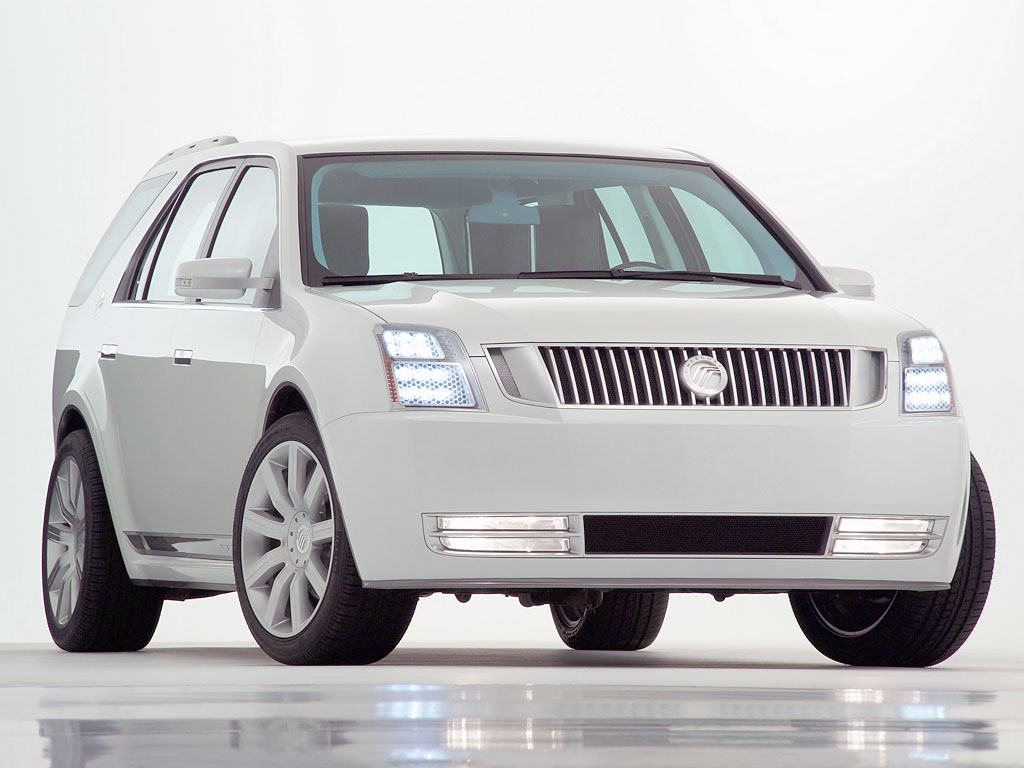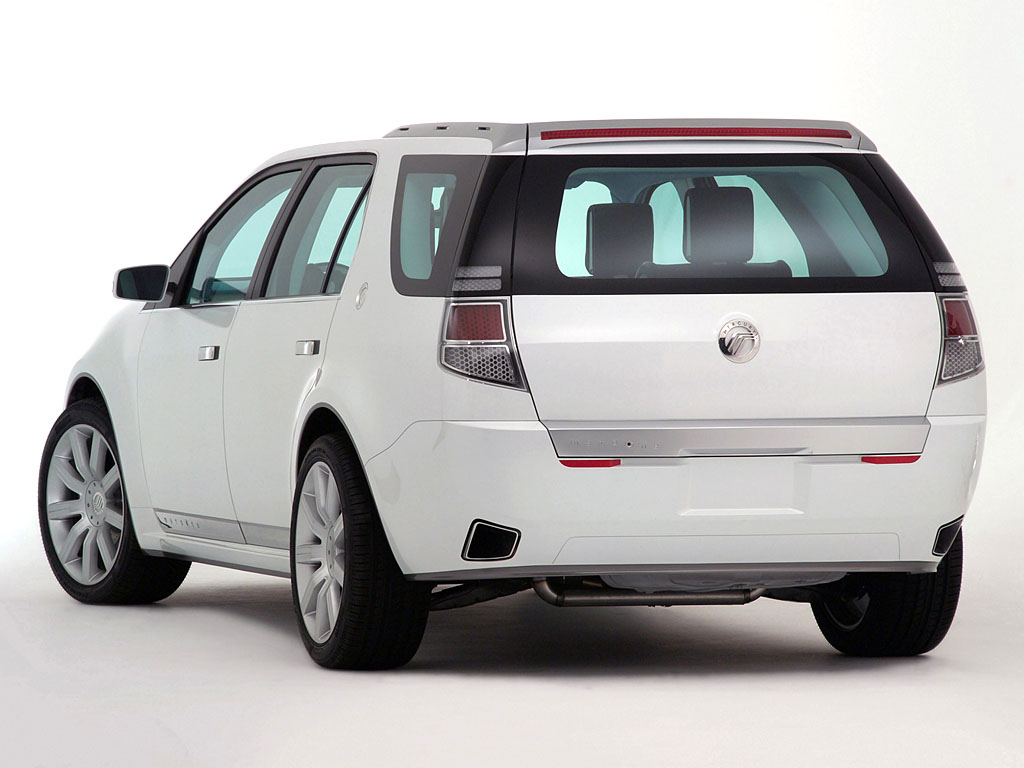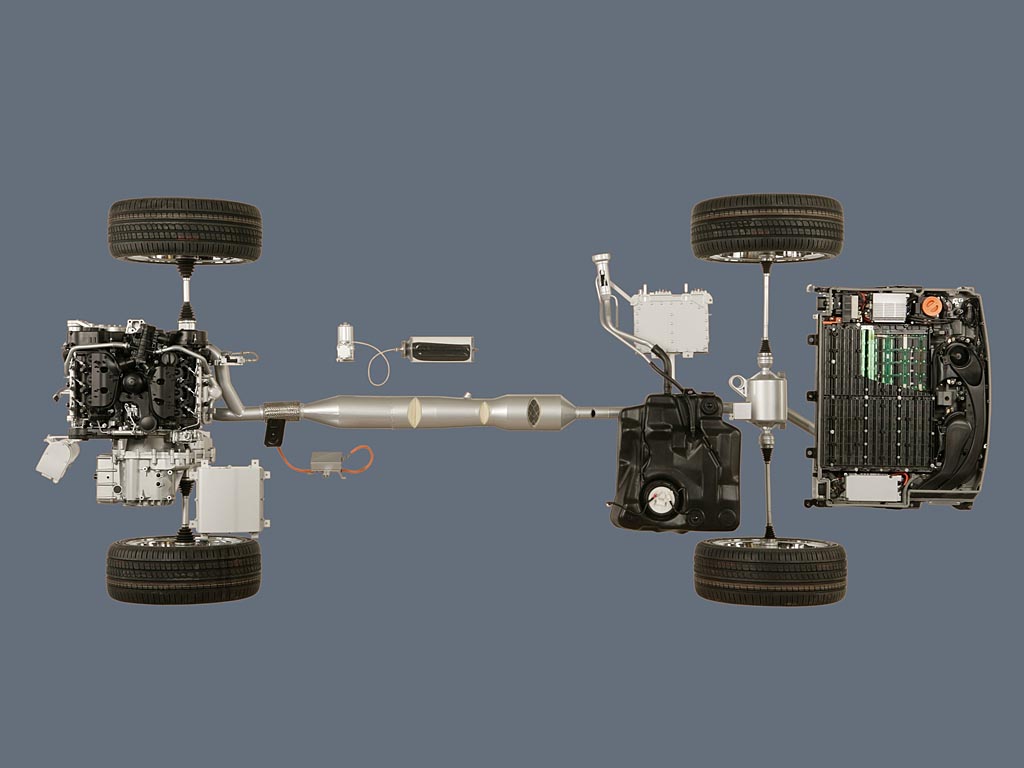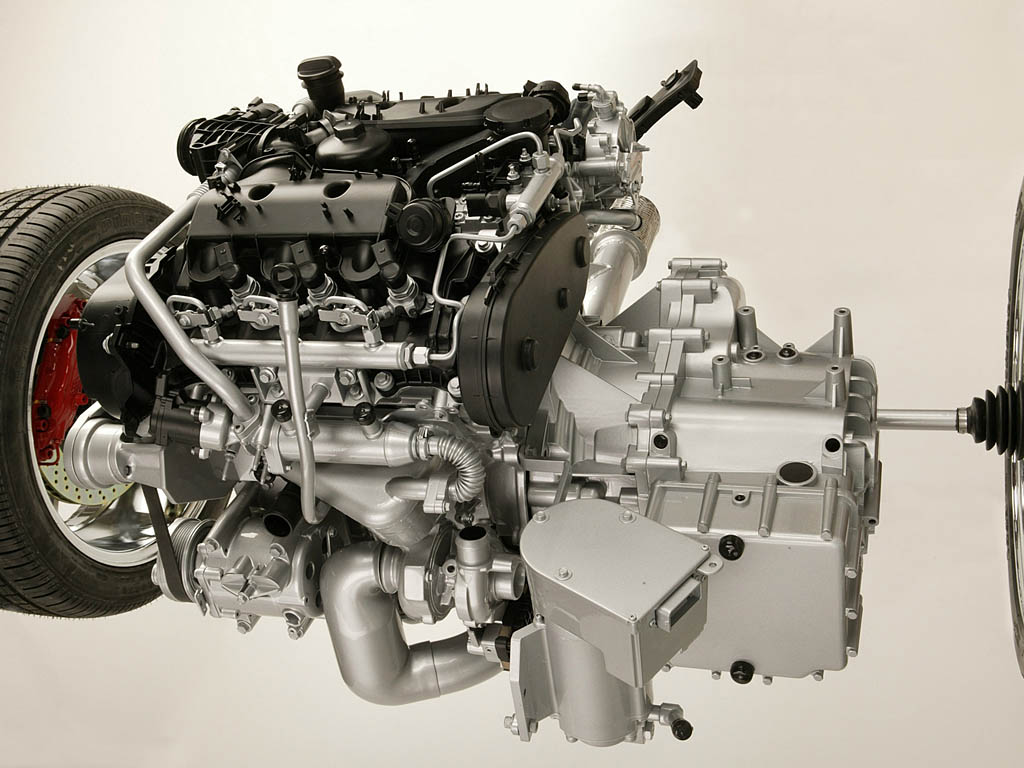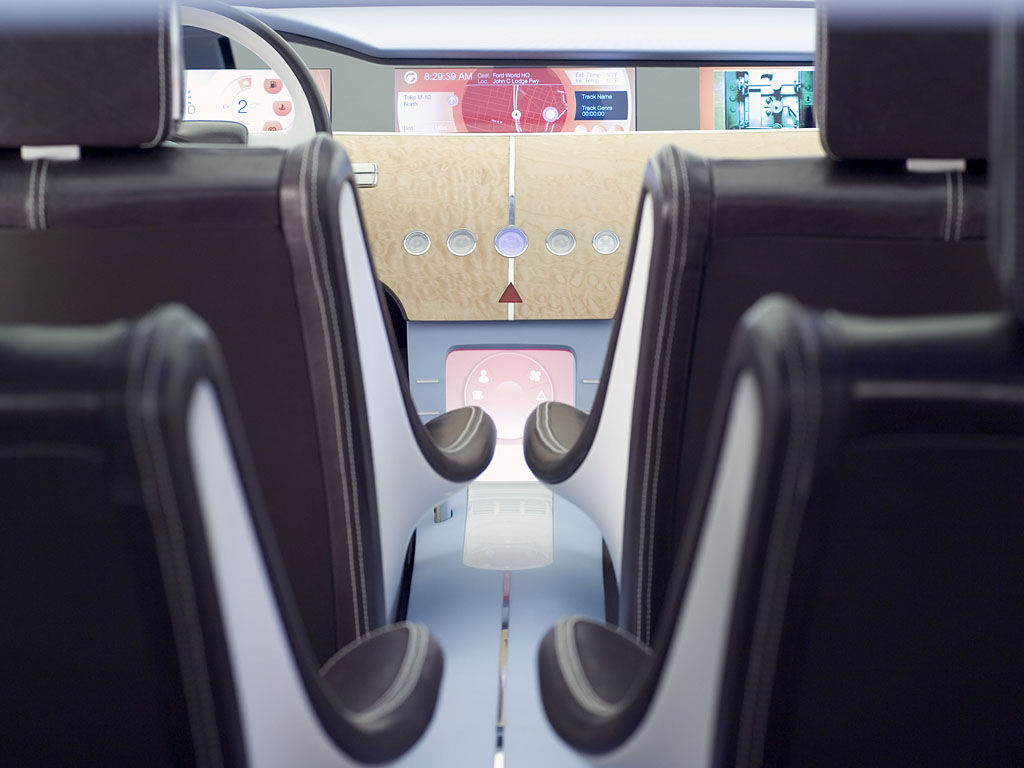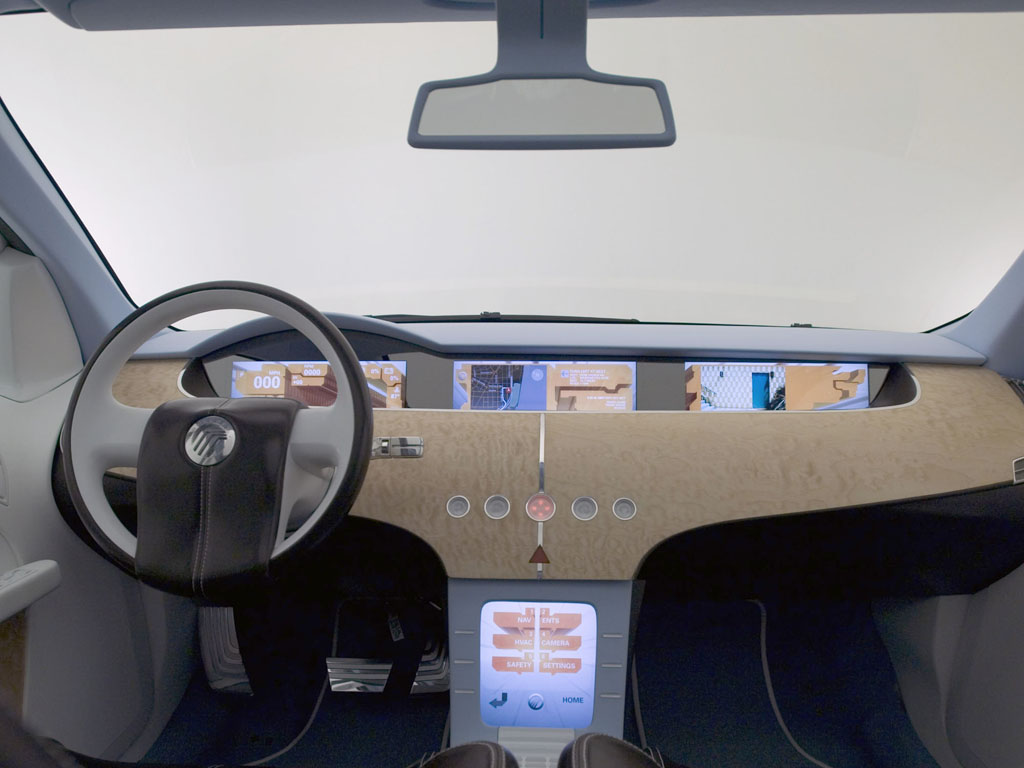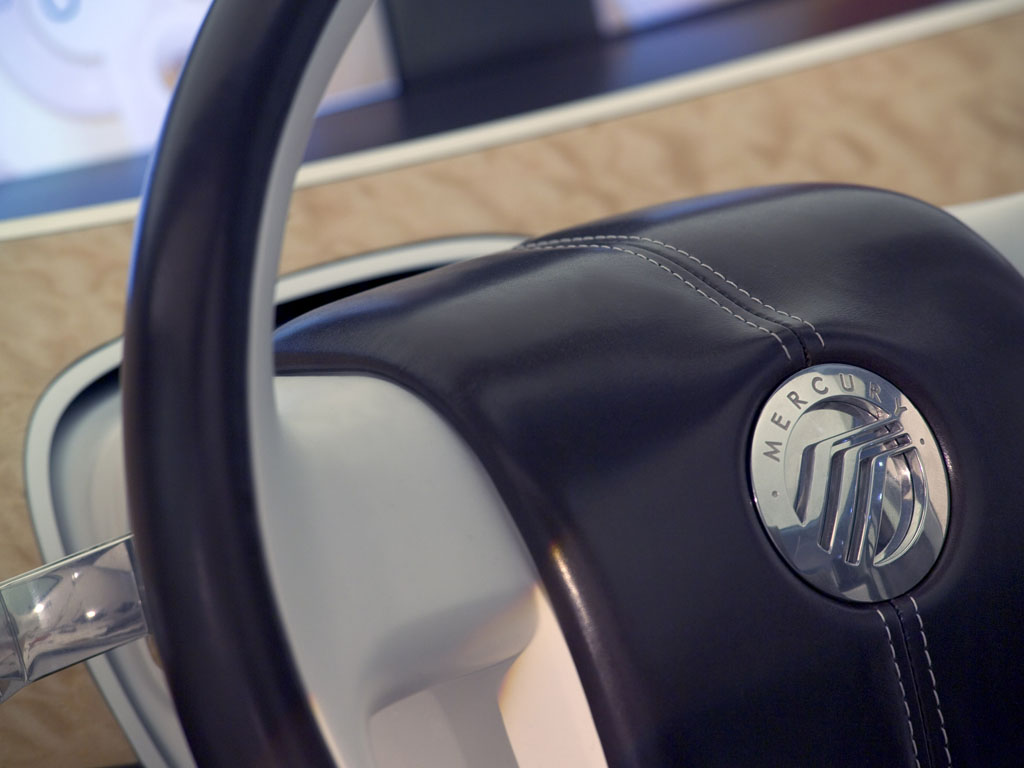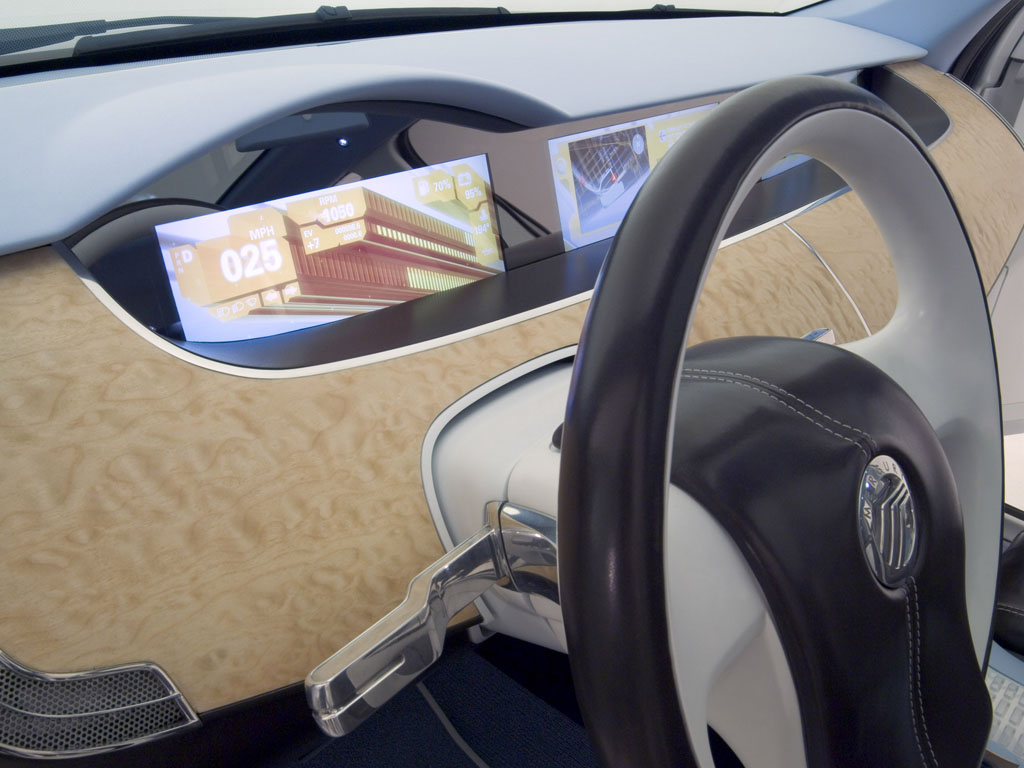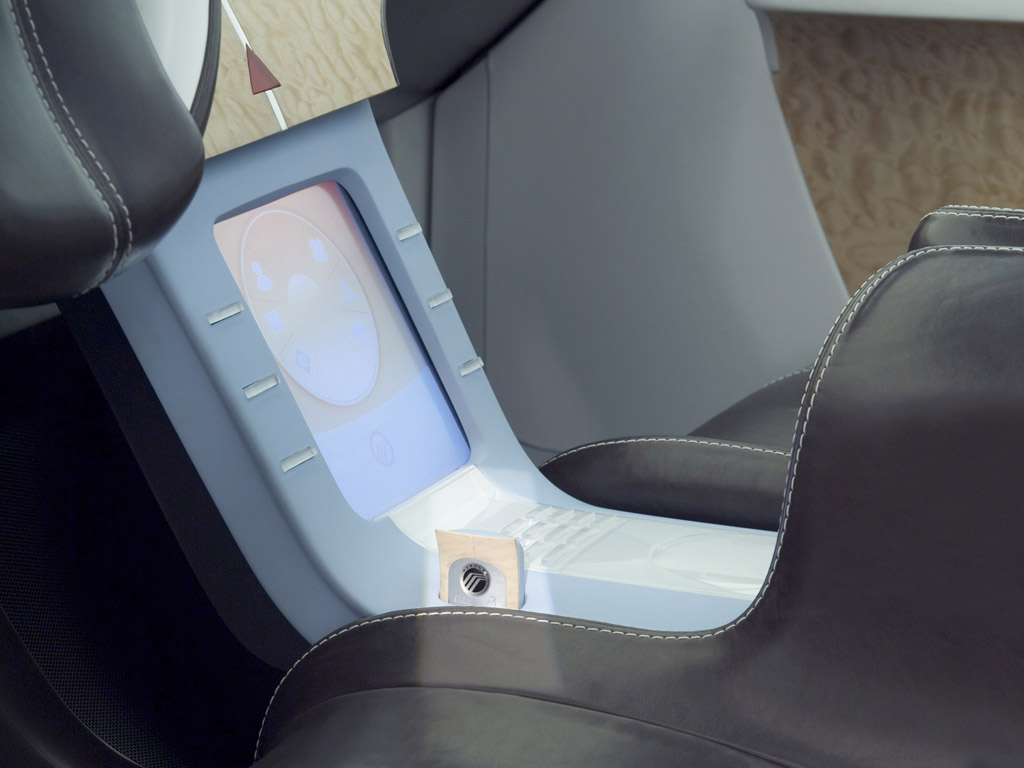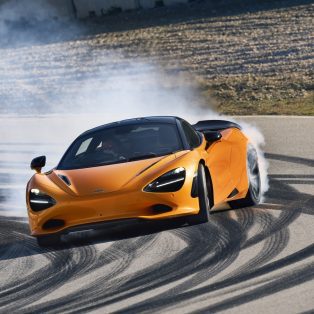2005 Mercury Meta One Concept
Meta One illustrates what a future Mercury crossover vehicle might look like. Mercury will build a new production crossover vehicle in 2007. Meta One explores adaptation of the Mercury design DNA to a crossover and gives a hint of what such a product could represent for the brand.
Worldâs First Diesel Hybrid
Designed to be the worldâs first Partial Zero Emission Vehicle (PZEV)-capable diesel hybrid powertrain, the Mercury Meta One concept not only provides an astounding 431 lb.-ft. of torque but also is 97 percent cleaner than the Tier I emissions standard for NOx. Meta One shows that diesels can potentially meet the strictest emissions standards when combined with modern hybrid and after-treatment technologies.
The Mercury Meta One concept draws its power from a twin-turbocharged V-6 diesel engine and an electric motor in the modular hybrid transmission that together produce as much torque as a large V-10 gasoline engine â with much lower fuel consumption. Combined with an advanced exhaust after-treatment system, the powertrain provides an unprecedented combination of power and purity.
In partnership with BP, Ford is exploring the performance of this biomass-sourced diesel fuel. This fuel can be blended with conventional diesel fuel to provide a corresponding reduction in lifecycle greenhouse gas emissions. Since the fuel comes from biological feedstocks that absorb CO2 during their growth, the fuel is said to close the carbon loop because the vehicleâs carbon emissions are offset by the carbon-negative fuel production.
Advanced Safety Technologies
Meta One features Lane Departure Warning and Collision Mitigation by Braking âtechnologies that could help prevent or lessen the severity of many accidents. With a focus on accident prevention, Ford Motor Company is developing safety technologies that warn the driver when a vehicle wanders from its travel lane and even applies the brakes if an accident is imminent.
Ford’s Lane Departure Warning is a mechanized vision system designed to recognize lane markings and a vehicle’s lateral position relative to those markings. It can provide a visual, audible and/or haptic (vibrating) warning to the driver if the vehicle departs from a distinguishable lane without activation of the appropriate turn signal. The system is still under development for conditions without clear lane markings and overall system reliability.
The Research and Advanced Engineering group of Ford Motor Company, in cooperation with researchers at the Volvo Safety Center, developed Collision Mitigation by Braking or CMbB system fitted to the Mercury Meta One concept to demonstrate how crash severity can be reduced.
Ford’s CMbB utilizes a camera and radar to sense vehicles on the road ahead and an on-board computer, which determines whether a collision is imminent based on the position, speed and direction of other vehicles. The CMbB system, based on its estimates of collision threat and driver intent, provides driver warning and enhanced brake control when needed. Depending on speed and road factors, the automatic braking can reduce vehicle speed before contact by five miles per hour or more. The radar and camera systems are under development so that the system works reliably in heavy rain, fog and other adverse driving conditions.
Story by Ford Motor Company, edited by Supercars.net





